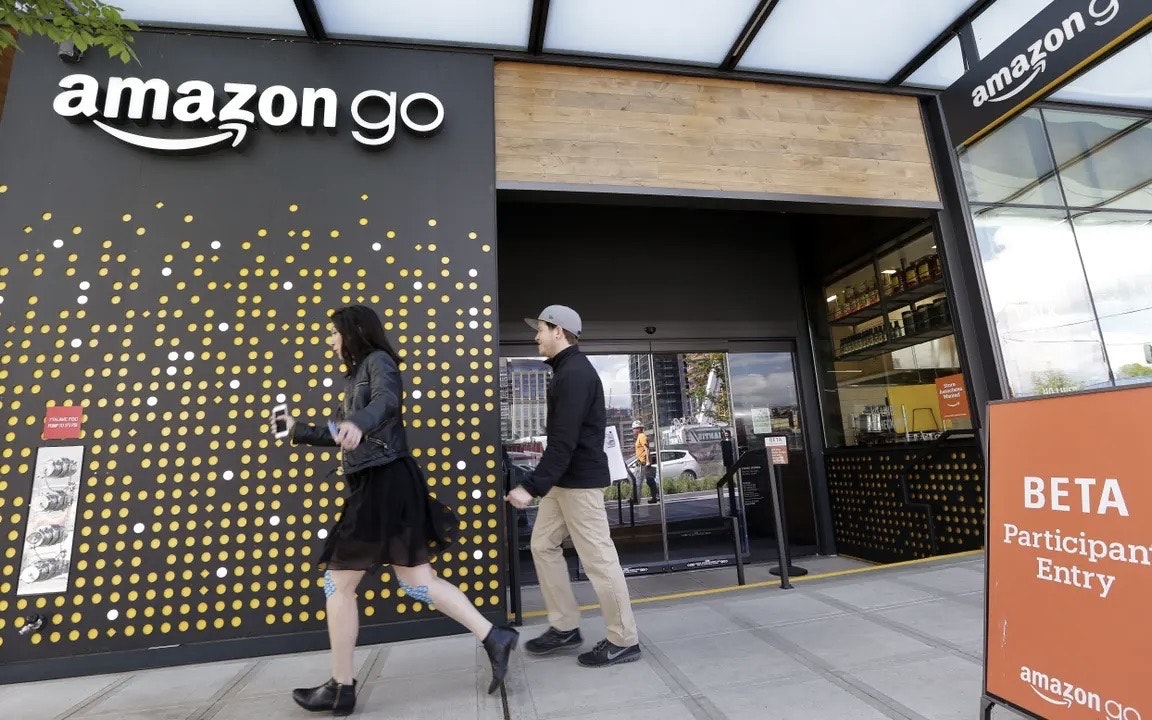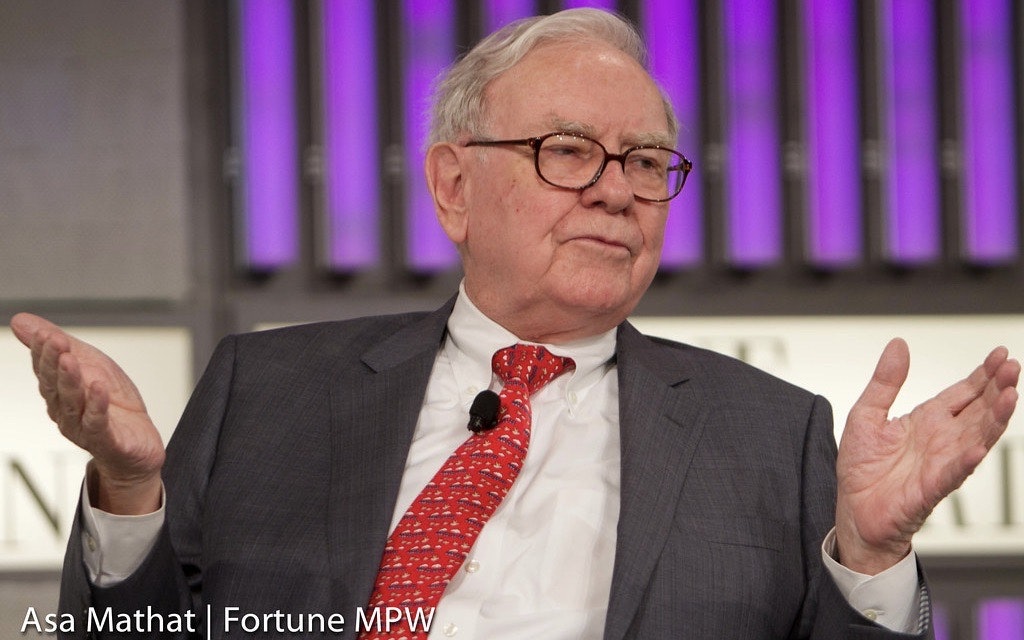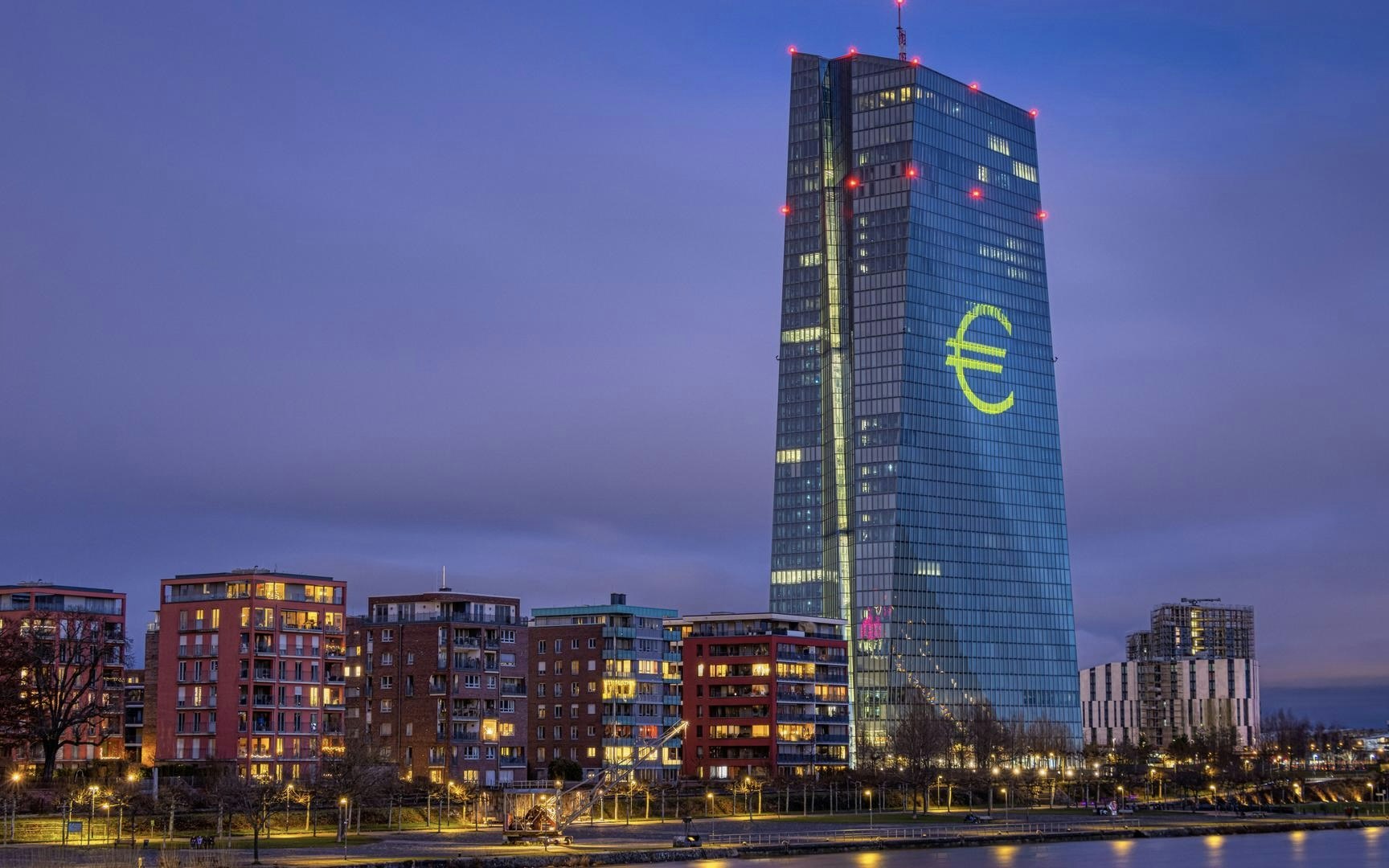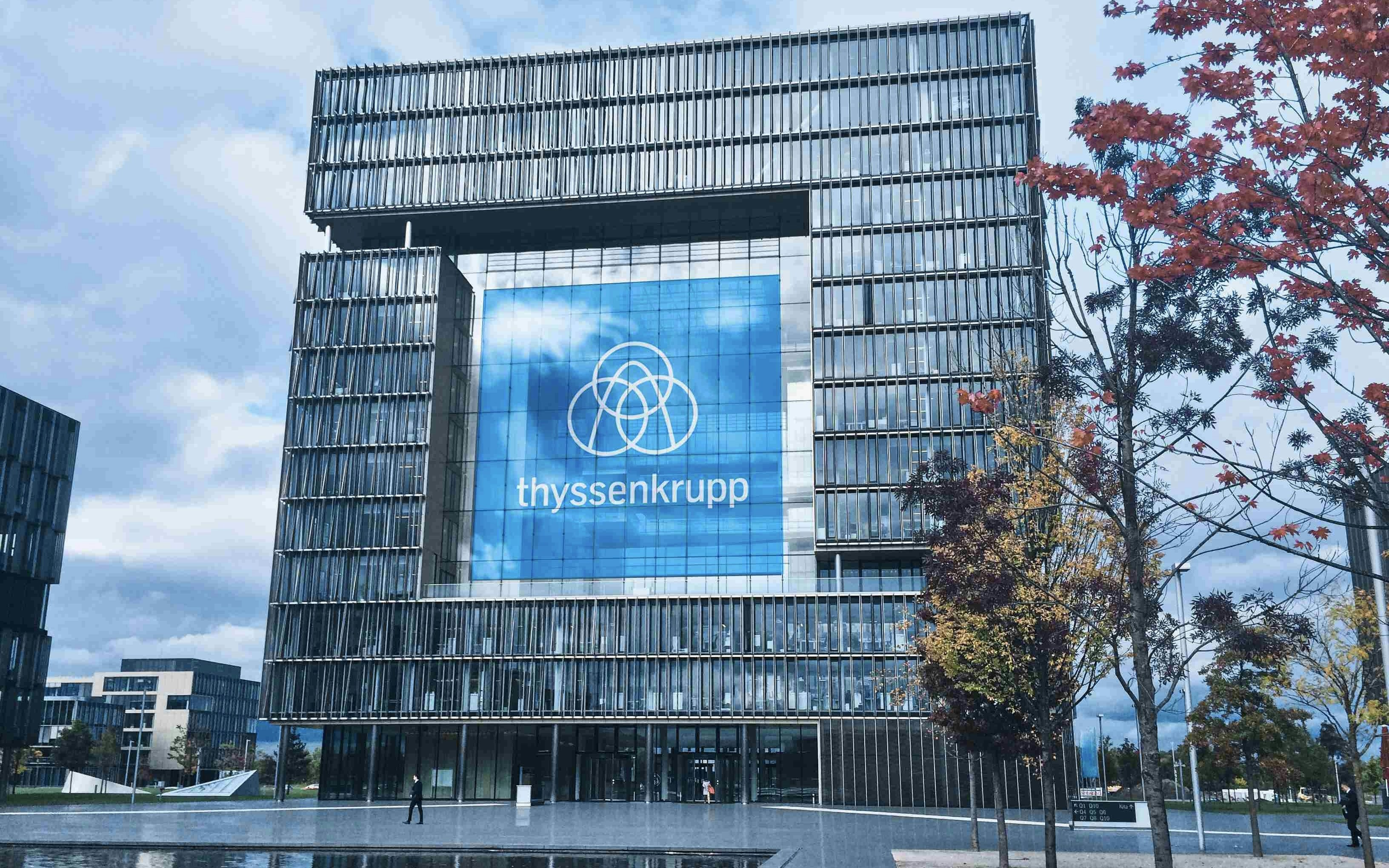Amazon is focusing on new, hybrid store concepts to reinvent grocery shopping in the US and gain market share in a sector dominated by Walmart and Kroger. The company is testing formats that integrate its fulfillment networks for Whole Foods and Amazon Fresh to offer seamless delivery options for online customers.
Here is the translation of the heading to English:
"In 26 Amazon Fresh centers, orders for Whole Foods products and household items such as detergent and snacks are already being processed. Amazon also plans to deliver groceries from a same-day fulfillment center in Phoenix. In Plymouth Meeting, Pennsylvania, a micro-fulfillment center is being established in a Whole Foods, which aims to prepare products for customers through smartphone orders during shopping.
These initiatives reflect the e-commerce giant's efforts to penetrate the $1.5 trillion U.S. grocery market. Since acquiring Whole Foods in 2017 and launching Amazon Fresh in 2020, the company has opened several locations, but has also closed or renovated stores and warehouses. Additionally, an unlimited grocery delivery subscription was introduced in April.
Market experts like David Bishop from Brick Meets Click, however, see challenges for Amazon. "A physical presence is essential," explained Bishop. "Here, Walmart has the advantage of 4,600 stores and proximity to 90% of the US population." By using stores as distribution centers, Walmart has not only strengthened its online presence but also expanded access to higher-income customers.
Amazon must prove itself in a segment where physical proximity and consumer expectations for freshness play a central role. The new plans could bring the company closer to the leading players – but customer shopping behavior will be crucial.





